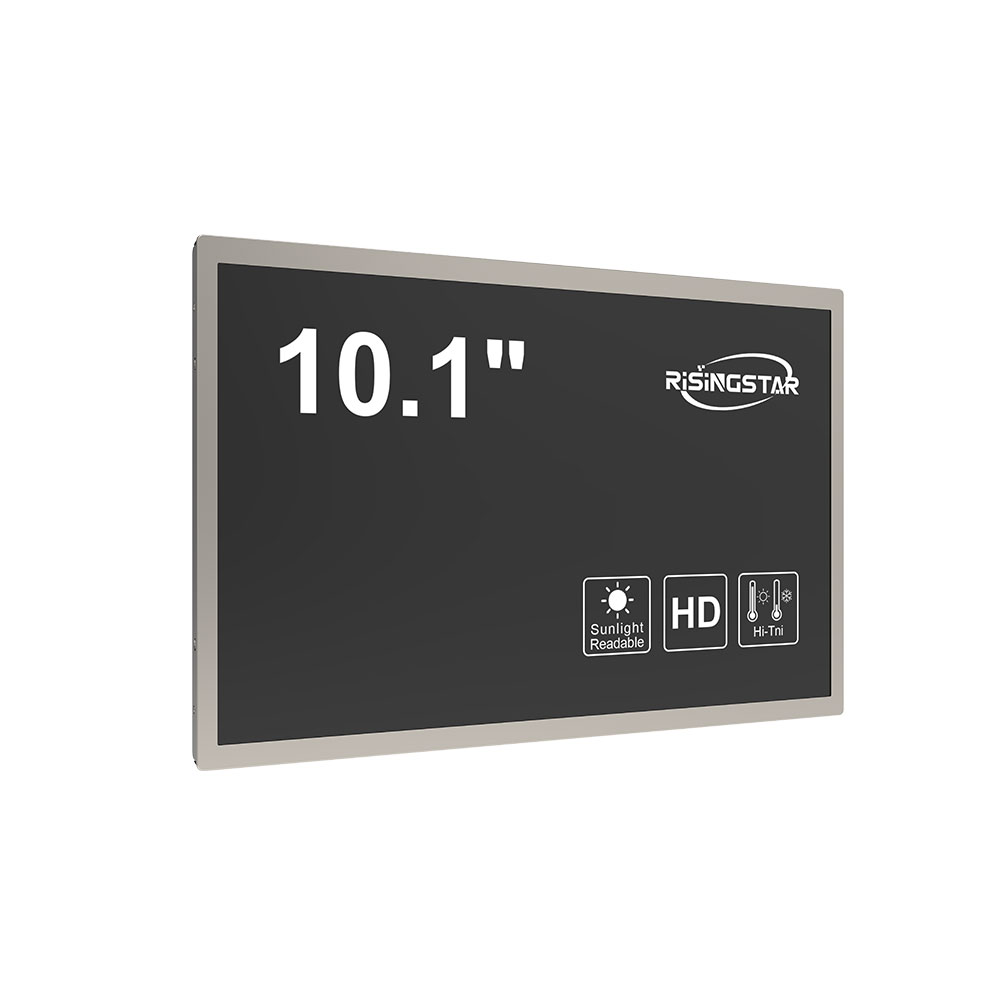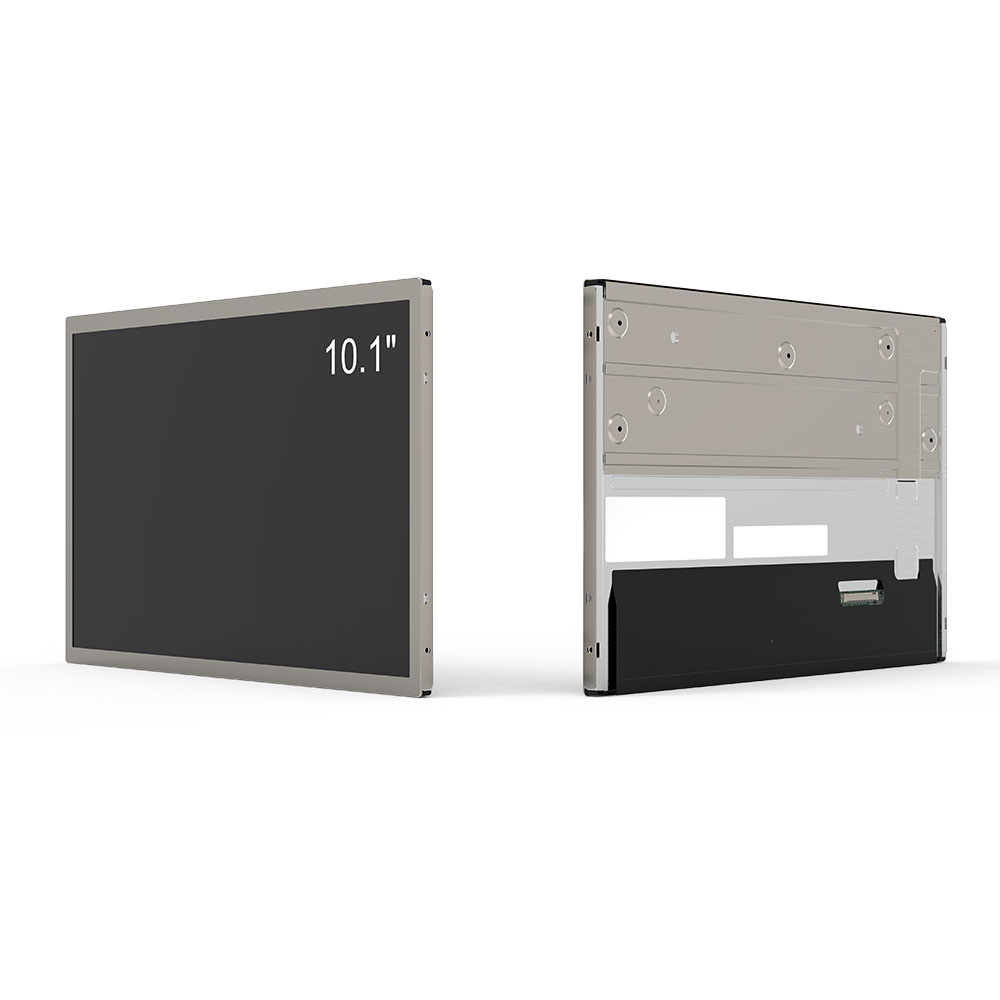- Home
- About Us
- Products
- News
- Video
- Contact
- Send Inquiry
Search
- Home
- About Us
- Products
- News
- Video
- Contact
- Send Inquiry

When designing high-performance outdoor LCD displays, choosing the right panel technology is critical—not just for image clarity but also for durability, visibility under sunlight, and long-term reliability. Among the various options available—such as TN (Twisted Nematic) and VA (Vertical Alignment)—IPS (In-Plane Switching) panels stand out as the preferred choice for demanding outdoor applications.
IPS panels were originally developed to address the narrow viewing angles and poor color accuracy of TN panels. By aligning liquid crystal molecules parallel to the glass substrate, IPS offers significantly wider viewing angles—up to 178° both horizontally and vertically—ensuring consistent image quality from any position. This is especially crucial for public signage, digital billboards, or kiosks where viewers approach from multiple directions.
Another key advantage of IPS panels is superior color reproduction. With a higher color gamut (often reaching 90%+ of the sRGB standard), IPS ensures vibrant, lifelike images even in harsh lighting conditions. For outdoor advertising, this means brands can maintain visual impact without relying on excessive brightness that may cause energy waste or glare.
Brightness and contrast ratios are equally important. Modern IPS panels used in outdoor LCDs typically support brightness levels between 5,000 and 10,000 nits—far exceeding indoor displays—and integrate advanced anti-glare coatings and polarization filters to reduce reflections. This makes them highly effective under direct sunlight, a common challenge in outdoor environments.

Reliability is another factor where IPS excels. Unlike TN panels that degrade faster under UV exposure, IPS panels incorporate robust encapsulation and UV-resistant materials in their manufacturing process. Industry standards such as IP65 (dust and water resistance) and MIL-STD-810G (military-grade durability) are frequently met by IPS-based outdoor displays, making them ideal for use in airports, construction sites, and urban transit systems.
Real-world examples further validate IPS performance. A 2023 case study by LG Display demonstrated that an IPS-based LED-backlit outdoor screen deployed in Tokyo’s Shibuya Crossing maintained 98% of its initial brightness after 18 months of continuous operation under extreme weather. Similarly, Samsung’s Digital Signage Solutions now specify IPS panels as the default for all outdoor installations due to consistent color accuracy across temperature ranges—from -30°C to +60°C.

In conclusion, while other panel types may offer lower costs, IPS panels deliver unmatched combination of viewing angle, color fidelity, brightness, and environmental resilience. For professionals involved in outdoor display design—from city planners to media agencies—choosing IPS isn’t just a technical decision—it’s a strategic one that ensures maximum ROI, audience engagement, and long-term operational efficiency.